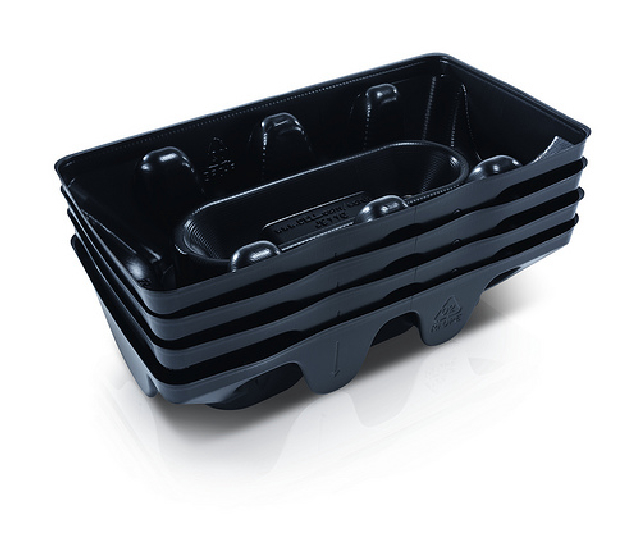Check your package: When it comes to product boxes, the excess philosophy is falling out of vogue

Last weekend, when my husband and I were crawling around in the attic to pull out Christmas decorations, I came across the boxes for my computer and printer, full of styrofoam and plastic and assorted documentation. I've been hoarding them in case I ever have to move my office, but now we're going to use them to pack things away in preparation for our addition.
But, honestly, short of anticipating uses like these, most typical people would have thrown these things out long ago, adding to the waste that is filling our nation's landfills.
And then, just two days later, Amazon.com sent two calendars that we ordered. In two separate boxes, each of which was about 4 cubic feet in size. Why? I ask. Why?
That's why I sat up and took notice earlier today when Dell proclaimed it is adopting a plan to dramatically cut back on the packaging that it uses for its products.
The initiative will see Dell reduce its desktop and laptop packing materials by approximately 10 percent, move to more sustainable content for the cushioning inside boxes, and pledge to ensure that about 75 percent of its packaging is "curbside recyclable" by 2012. Last year, the company reduced outbound packaging by more than 10 million pounds. (Actually it reduced it by 10 percent more than that, but I can't do the math right now.)
One way that Dell will move toward this goal is by using more air-filled cushioning and renewable materials. Among other things, it has embraced high-density polyethylene, which is made out of old milk jugs and laundry detergent containers (among other stuff). Indeed, about 33 million recycled milk jugs will be included in desktop and laptop packaging by 2009.
Oh, yes, by adopting this plan, Dell will save roughly $8 million and eliminate about 20 million pounds of packaging material over the next four years.
Simply by making its packages smaller.
To be fair, Hewlett-Packard has been playing around with some rather innovative packaging ideas, like this notebook-related program it ran with Walmart. But it has yet to announce anything as systematic as this Dell plan. Yet.
